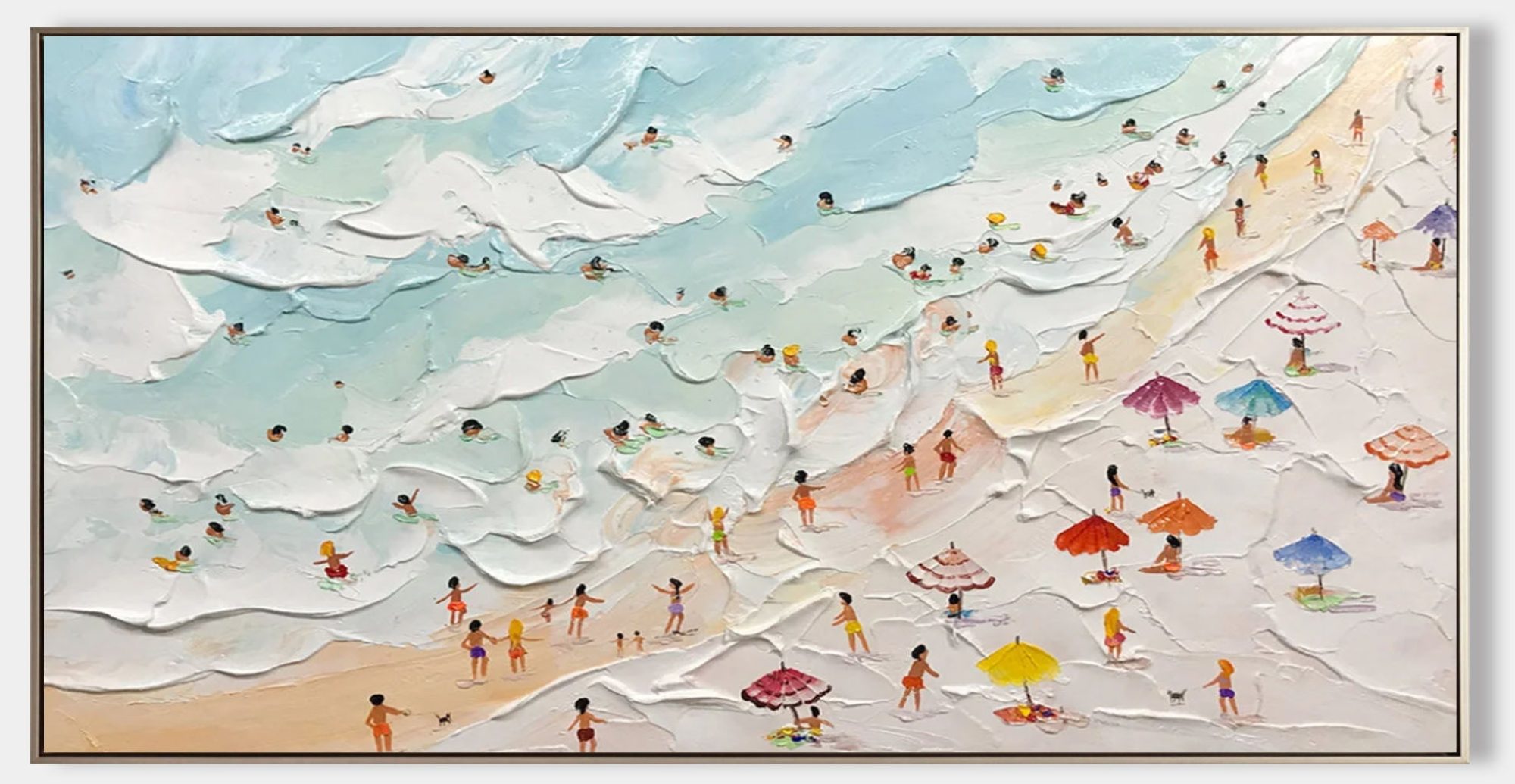Abstract oil painting didn’t just emerge—it evolved as a bold rebellion against realism and traditional expectations. Born in the early 20th century, abstract art became a new language for expressing ideas, sensations, and philosophies that realistic images couldn’t capture.
The Beauty of Abstraction in Concept
Abstract oil art removes recognizable subjects and replaces them with pure visual elements: line, shape, color, and texture. But behind these elements are deeper themes—philosophy, science, spirituality, and subconscious thought.
Artists like Wassily Kandinsky and Kazimir Malevich weren’t just painters—they were visionaries, exploring the invisible forces that shape our lives. Their abstract compositions were meant to stimulate thought rather than illustrate a scene.
Today’s abstract artists carry on this tradition, using oil paint’s rich texture and depth to explore existential questions, identity, and the unseen forces of the mind.
The Artist’s Mindset: Creating Without Boundaries
To create abstract art is to release control. The artist does not reproduce life—they reimagine it. The canvas becomes a philosophical playground, where emotion, thought, and instinct guide every stroke.
Many abstract oil artists see their work as meditative or even spiritual—a chance to access deeper truths and express the inexpressible.
What It Encourages in the Viewer
Abstract oil paintings often act as a mental and emotional challenge, asking viewers to:
- Abandon literal interpretation
- Engage with philosophical or spiritual questions
- Consider the relationship between color and consciousness
- Explore their own inner landscapes
In this way, abstract art becomes more than something to look at—it becomes something to think with.
Ideal Environments for Abstract Oil Paintings
These artworks are best suited for:
- Modern interiors where form follows function
- Creative or intellectual spaces, like studios and offices
- Minimalist homes, where abstract art becomes a focal point
- Gallery-style walls, offering viewers space to reflect
The layered texture and complexity of oil paint enhance the depth and intensity of these pieces.
